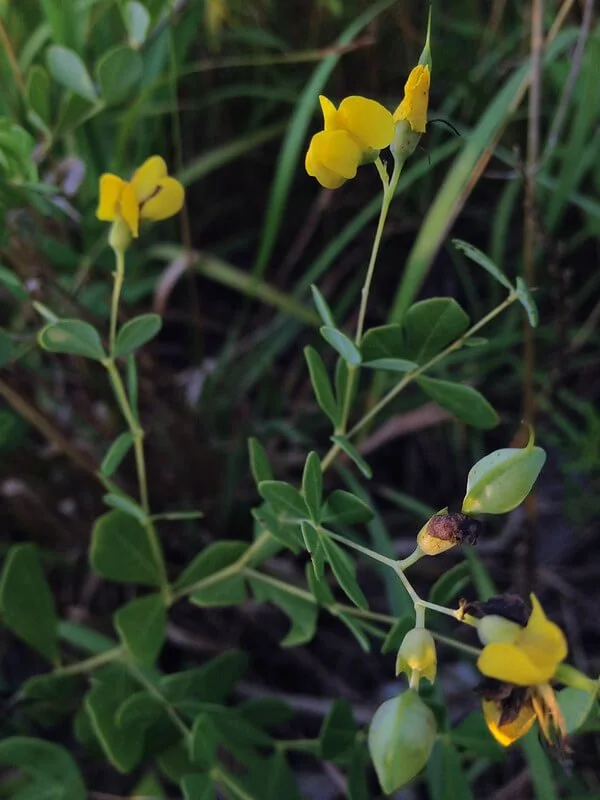Life Cycle: Perennial
Sun Exposure: Full-Partial
Soil Moisture: Medium-Dry
Height: 4 feet
Plant Spacing: 2.5-3.5 feet
Bloom Time: June-July
Bloom Color: White
Advantages: Caterpillar Favorite, Bird Favorite, Pollinator Favorite, Deer Resistant, Great Landscape Plant
Host Plant: Wild Indigo Duskywing, Clouded Sulphur, and 16 other species of butterflies and moths use this as a caterpillar host plant in our area (nwf.org)
Beneficial for Endangered or Threatened Species: Possibly the Frosted Elfin (mnfi.anr.msu.edu), Persius dusky wing (Erynnis persius persius) (mnfi.anr.msu.edu)
Complementary Plants: Purple Coneflower, Prairie phlox, Butterfly weed, Prairie clover














